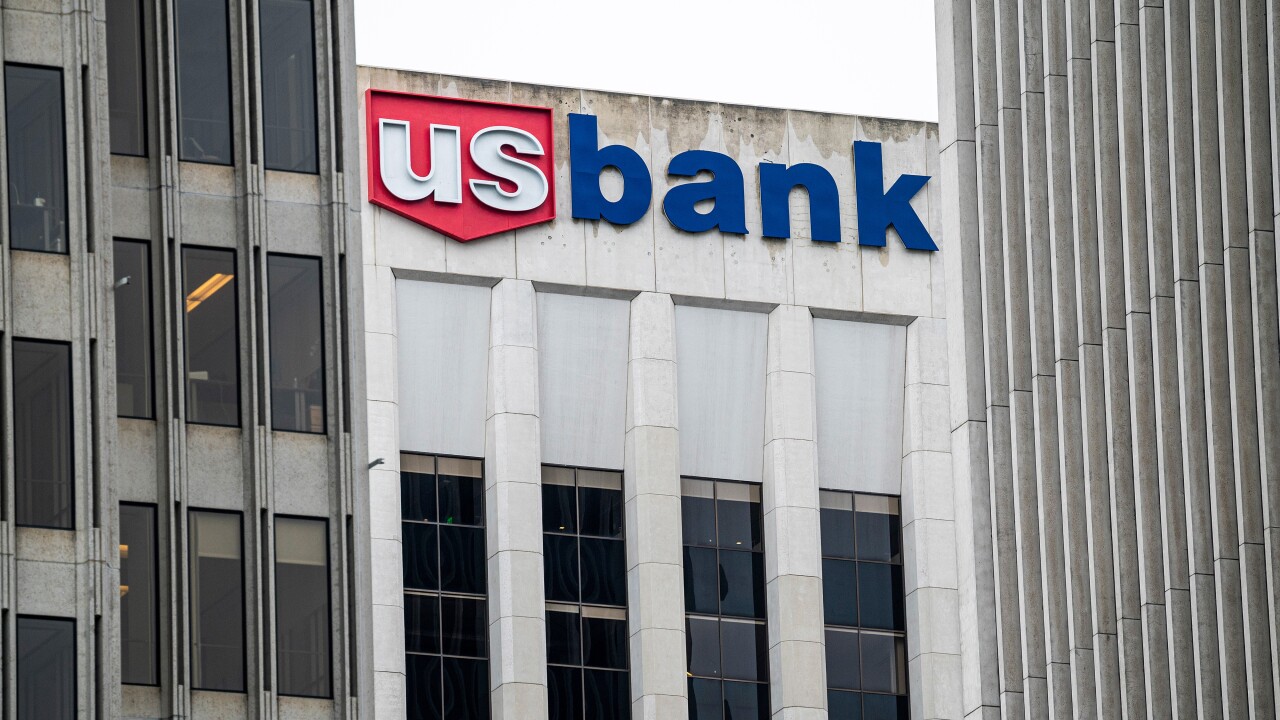
After spending years as a wildcard on banks' balance sheets, commercial real estate loans are again getting boring.
Banks with concentrations in CRE have had to
Stephen Lynch, vice president of the financial institutions group at Moody's Ratings, said that in 2023 and 2024, fear about banks' exposures to CRE was a hot topic, but those conversations have largely quieted down.
"I wouldn't want to say we're out of the woods yet, but I think the feverish concern of these mass defaults and mass major losses geographically across the U.S., independent of region, is taken off the table," Lynch said. "Now it's more about cleaning up properties that aren't capitalized correctly or are not stabilized to current conditions."
Commercial real estate deals are picking back up, according to data from the CRE analytics firm MSCI Real Assets, which reported that transaction volumes were up 13% in the first half of 2025 from the same period last year. Valuations seem to be, if not surging, stable. And at this point, banks have had time to steadily set aside reserves for any losses that they may eventually take.
"There still will be some losers," Toohig said. "We do still see a lot of extensions, and we do still see some loans that candidly should be charged off, but they've been able to continue to modify and push out. Barring no shock, barring no tariff tantrum or war or something, it does appear like we're on the other side."
There are still challenges, but many of them are idiosyncratic across individual properties. Other troubles are tied to specific geographic regions and asset classes.
"What you're going to have now is we're probably going to bump along the ground, as far as losses go," Lynch said "It's going to be lumpy. It's going to be property-specific."
Office properties have been a source of woe for banks, as the pandemic fueled work-from-home policies, which triggered a mass exodus from city centers.
Multifamily loans also showed signs of stress, but for different reasons. As interest rates rapidly rose in 2022 and 2023, deposit costs began to outpace the yield on fixed-rate apartment building loans that were originated when rates were still at rock bottom. Additionally, in some regions where there was a surge in construction of multifamily properties, demand for housing couldn't keep up, leaving some properties under-leased.
Eagle Bancorp, a small bank just outside of Washington D.C.,
And in New York City,
But in the Sun Belt and across certain metropolitan areas, the oversupply of multifamily properties is starting to work itself out, Mustafa said. According to CBRE research, the overall multifamily vacancy rate fell to 4.1% in the second quarter, its lowest level since 2022.
Christopher Wolfe, managing director of U.S. banks at Fitch Ratings, said there's been some "natural healing" in the office sector. He pointed to return-to-office policies that have helped shore up demand for space in office buildings. While the asset class is still seeing some deterioration across the U.S., the pace of decline has cooled, and some regions are outperforming the country.
Plus, a CBRE survey of its professionals reports that most respondents believe capitalization rates — which estimate investment properties' rates of return — peaked in the first half of the year, meaning that risk is expected to decrease from this point, as buildings' operating incomes comprise a smaller percentage of their valuations. The report didn't discuss the factors that led to the expectation that cap rates will decrease.
Another factor in the ebbing tide of real estate fear is a newfound sense of certainty — as recent deals and loan originations provide more clarity about valuations.
Five of the largest real estate firms — CBRE, JLL, Cushman & Wakefield, Colliers, and Newmark — increased their financial guidance for 2025 after logging some of their strongest earnings in years, boosted by leasing activity and property sales.
The added clarity on valuations can help lenders bulk up or bring down their total reserves, as they can
"If we rolled the clock back a year, or more, there was a lot of uncertainty." Wolfe said. "You didn't see a lot of activity and transactions. And what you did see was big valuation drops, especially on office properties."
A year and a half ago, Flagstar Financial shares tumbled after the Long Island bank slashed its dividend and announced an unexpected $552 million provision for credit losses, primarily tied to office loans. The then-$98 billion-asset bank eventually had to be rescued with a $1.1 billion capital infusion, which brought along a fresh management team.
But the last 18 months have made a big difference; Flagstar is now
Zions Bancorp. saw its classified commercial real estate loans decrease by $196 million in the second quarter, due to improved leasing and cash flow on multifamily and industrial properties. The bank also lowered its overall provision for credit losses by $1 million — its first decrease in three years — based on "reduced emphasis on certain portfolio specific risks such as commercial real estate and changes in portfolio mix," Zions Chief Financial Officer Ryan Richards said on the bank's earnings call last month.
Adam Mustafa, president and CEO of the consulting and analytics firm Invictus Group, said that while he thinks most banks are pretty well-reserved for CRE losses, the sector hasn't provided a windfall, either. As property valuations hold steady, CRE has been "on pause" for his firm's clients, which are banks that mostly range from $1 billion to $20 billion of assets, he said.
"We have not seen a significant increase in commercial real estate pricing through our clients, at least," Mustafa said. "We haven't seen a decrease either. It's really been kind of flat, almost across the board."





